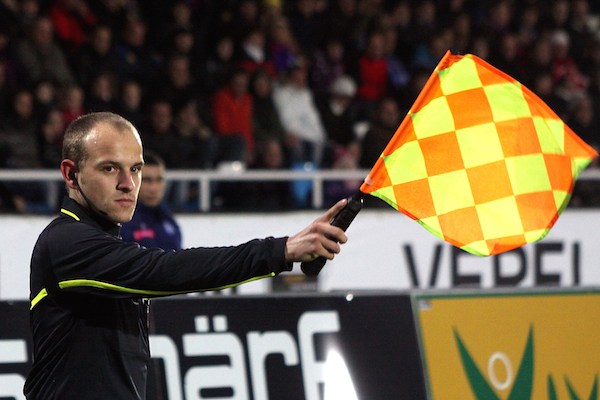Dear Sports Fan,
How does the Wimbledon tournament work?
Thanks,
Cookie
Hi Mom,
If your household is like mine, then your early morning television has been dominated by people wearing white hitting balls at each other on striped green grass since Monday morning when “The Championships, Wimbledon” started. We will probably do a post later on in the tournament about the pretensions of the tournament (the white clothing, the fans, the ball-boys and ball-girls, the phrasing of its name, so for this post, let’s concentrate just on how each match is scored and how it fits into the structure of the tournament.
Wimbledon is a single-elimination tournament, just like the college basketball tournament (March Madness,) except that instead of starting with 64 teams, it begins with 128 players. This is the same for men and women.[1] Basically everyone plays and the person who can win seven times in a row[2] wins the tournament. The organizers of the tournament do stack the deck a little. They give an advantage to the top 32 players in the tournament based on their past performances by assigning a seed to them. The top 32 players are seeded or ranked from 1 to 32. Then the match-ups are created so that no seeded player will play another seeded player in the first two rounds and that if everyone who is ranked higher always wins, when there are four players left, the top seeded player will play the fourth ranked player and the second will play the third. The goal is to give the top two players the best possible chance to play in the final match. For a sport dominated by Europeans, tennis is pretty darn capitalist.
Now you understand the tournament it’s time to understand a match. Sports competitions are generally divided into those that are decided by single games between two competitors or teams (football, boxing, sometimes soccer,) those that are decided by a single competition between lots of people (golf, any kind of racing,) and those that are decided by a series of games (hockey, baseball, basketball, and most games of rock-paper-scissors.) Tennis is weird. I said Wimbledon was a single elimination tournament which it is — but each competition between two players is also sort of a series of games. Actually it’s a series of series’.
I’ll explain — Tennis has four units of scoring — from largest to smallest it’s the match, the set, the game, and the point. To win a match you have to be the first to win 3 sets if you’re a man and 2 sets if you’re a woman. To win a set you have to be the first person to win 6 games, although you have to win by a margin of two games. At Wimbledon a tie-breaking game to 7 points (although this too must be won by a margin of two) is played in every set but the final one (the third for women and the fifth for men.) These deciding sets can basically go on until infinity. To win a a game you have to be the first person to 5 points although in this too, you must win by two. Just to be confusing instead of counting 0-1-2-3-4-5, games are scored love-15-30-40-game. Once the players have 40 in a game and they are tied, this is called deuce. After this, when one player is a point ahead (and because they must win by two, they only need one to win the game,) it is Advantage [Players Name.]
Got it? I bet you do! What’s interesting to me about this is how it combines the features of a single match (it’s a single day event, it can hinge on small factors like weather, sickness, even just someone having a bad day with the one of the most important features of a series, accuracy (because winning requires winning the majority of times even after the score resets to zero you are more likely to get the “correct” winner.)
Thanks for the question,
Ezra Fischer



